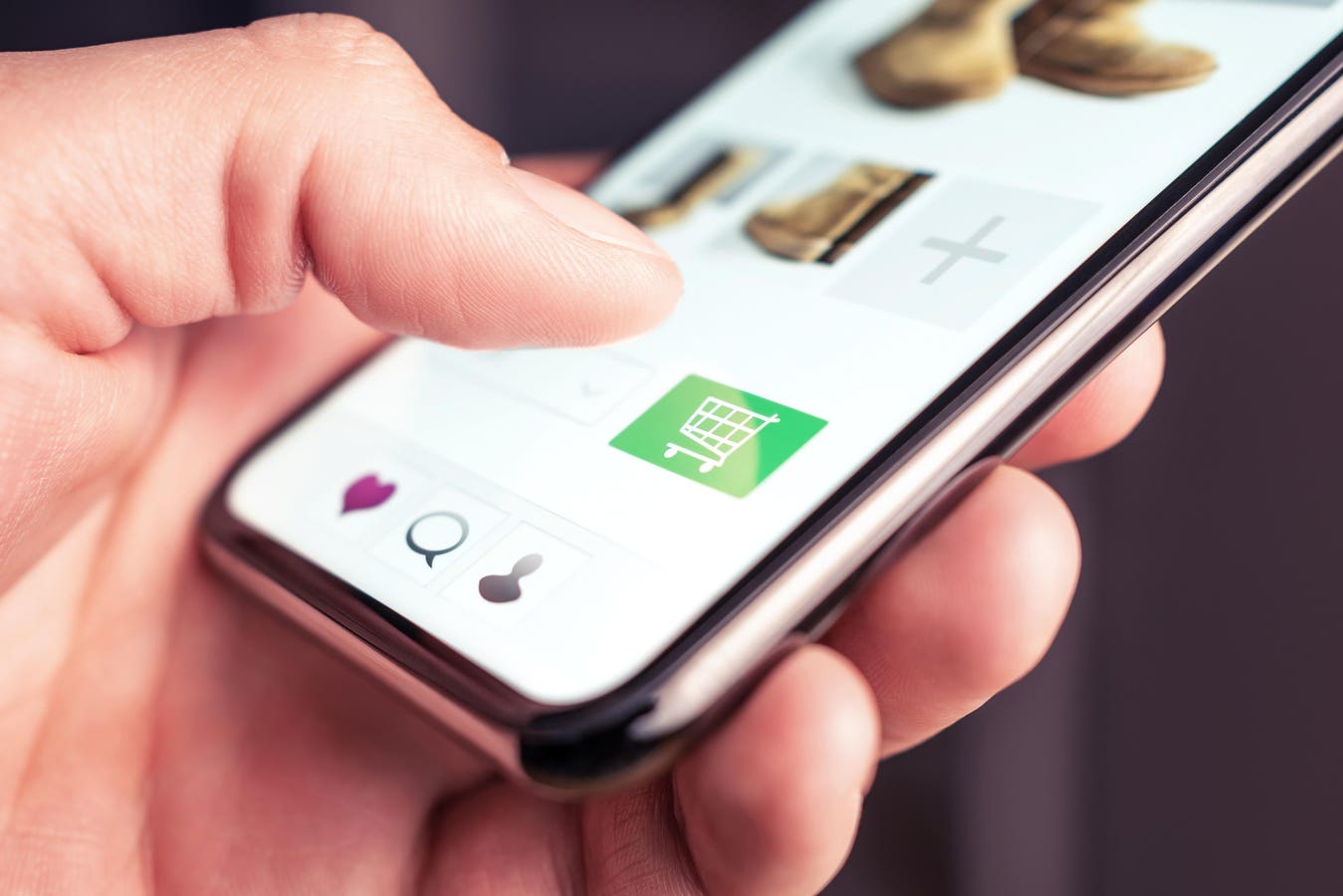Amazon’s summer Prime Day event once again resulted in record spending, with U.S. retailers ranging from ecommerce giants to indie startups ringing up $14.2 billion in sales over a two-day period.
While competitors, including TikTok and Walmart, took aim at Amazon with their own deal days, launched a week before Amazon’s event, Amazon saw the strongest boost from its sales event, according to one report.
Package-tracking and purchase protection platform Route reported that Amazon saw a 136% increase in sales during Prime Day compared to its 2024 baseline sales, while TikTok saw a 50 percent increase over its baseline with its Deals For You Days promotion, and Walmart saw a 23 percent increase over its baseline with its Walmart Deals days.
Adobe, which had predicted that Prime Day sales across all U.S. ecommerce retailers would hit $14 billion, reported today that consumers beat that forecast, spending $14.2 billion, up 11 percent year-over-over.
Amazon announced in a press release that this year’s Prime Day was its biggest Prime Day event ever, generating record sales, but it did not reveal how much was spent through Amazon, or provide other financial details.
Market research company Emarketer, in a Prime Day forecast, estimated that approximately 60 percent of Prime Day spending would occur on Amazon.com, with the remaining 40 percent on other ecommerce sites. That would equal about $8 billion in U.S. spending on Amazon.com over the 48-hour event.
Back-To-School Spending Up 216 Percent
Adobe found that back-to-school purchases surged during Prime Day this year, perhaps due to the slightly later timing of the event this year (July 17-18 versus July 11-12). Spending on items such as backpacks, lunchboxes, stationery, and other school supplies was up 216 percent over the two-day Prime Day event, compared to average sales levels in June. Spending on kid’s clothing was up 165 percent.
Adobe also saw evidence that consumers were in what it called a product refresh cycle, and spending to upgrade their electronics or home furnishings. Online sales for electronics were up 61 percent compared to average June sales. Sales of small kitchen appliances were up 76 percent, mattresses were up 21 percent, and home office furniture was up 14 percent, Adobe reported. Several apparel categories were up strong double digits.
Vivek Pandya, lead analyst, Adobe Digital Insights, in a statement announcing the Prime Day statistics, noted that those categories had been experiencing low single-digit growth during the first half of the year, but that Prime Day discounts pushed shoppers to spend.
“It’s clear now that the Prime Day event has been a catalyst across these major categories, with discounts deep enough for consumers to hit the buy button and upgrade items in their homes,” Pandya said.
Salesforce, which calculated global sales for non-Amazon retailers during Prime Day, based on the activity of 1.5 billion shoppers across Salesforce Commerce Cloud and other Salesforce products, found that global sales for those retailers were flat, compared to a year ago.
However, U.S. sales were up 3 percent, and Canadian sales were up 8 percent.
The categories that saw the strongest among the non-Amazon retailers tracked by Salesforce were health and beauty, up 16 percent; active footwear, up 12 percent; and general footwear, up 18 percent. Within health and beauty, makeup sales were up 30 percent, according to Salesforce.
Salesforce found, in the transactions it tracks, TikTok’s effort to compete with Prime Day failed to drive growth compared to Prime Day. It reported gross merchandise volume was down 6 percent during TikTok Deals for You Days, and up 3 percent during Prime Day.
“Ultimately neither retailers nor consumers participated heavily in TikTok’s version of Prime Day this year,” Salesforce reported in its Prime Day data recap.
A Positive Indicator For The Holidays
Rob Garf, Vice President and General Manager of Retail and Consumer Goods at Salesforce, said Prime Day results indicate retailers can ne optimistic about the holiday season.
“Online traffic and demand were up. And much of the online growth was based on people buying more, not just higher prices,” Garf said.
Read the full article here





